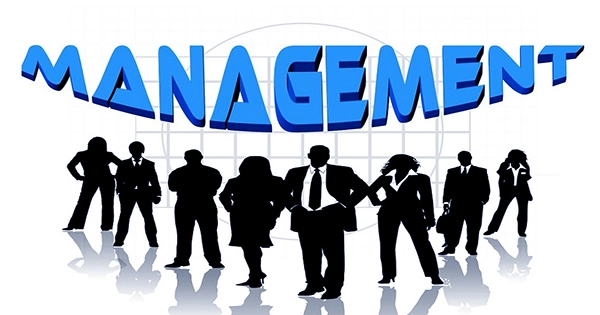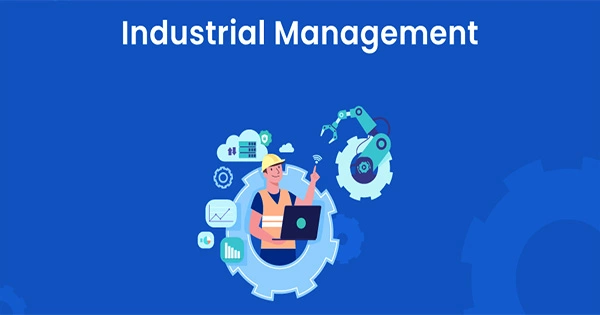“Management is an art of getting things done through and with the people in formally organized groups,” asserts Harold Koontz. It is an art to establish an atmosphere where individuals may contribute and work together to achieve shared objectives. To achieve greater results, a manager must properly manage the workforce. Recent Trends in Management are procedures used by managers to improve management.
On the basis of shifting market conditions, managerial trends change frequently. Several new management trends include:
Total Quality Management: Total Quality Management (TQM) is a methodical strategy used by the entire organization to effectively meet the company’s goals of offering high-quality services and goods that satisfy the client. TQM seeks to continuously improve organizational practices. The following are the TQM guiding principles:
- Customer-centered: The foundation for determining quality is customer satisfaction. Although an organization may use a variety of tactics to achieve higher quality, in the end, the consumer determines quality.
- Continuous Improvement: Continuous improvement encourages an organization’s inventiveness in order to uncover new opportunities, up to its competitiveness, and fulfill stakeholder expectations.
- Total Employee Involvement: When the right environment is created for them, all employees are dedicated to working hard and achieving shared objectives.
- Process-Centric: In this method, the processes are well specified and are constantly checked for variances.
- Systematic and Strategic Approach: The organization’s mission, vision, and goals must be accomplished using a systematic and strategic approach.
- Decision-making: Data collection and analysis are essential to decision- and performance-making.
Crisis Management: Any circumstance that endangers a company or its stakeholders is considered a crisis. Such occurrences are unpredictable and impossible to avoid. Organizations, however, have some control over how the issue is handled. The following categories apply to crises:
- Natural Disasters
- Confrontational Crisis
- Rumors
- Technological Crisis
- Workplace Violence
- Organizational Misdeeds
- Malevolence
- Man-made Disaster
Risk Management: An unpredictable occurrence that occurs in a company that could have a positive or bad outcome is referred to as a risk. It is a future occurrence that hasn’t yet happened. Risk management is the process of recognizing, evaluating, and prioritizing risks, followed by the application of resources to lessen, control, or monitor the impact of negative future occurrences or to maximize the benefits of positive risks. A risk that has already occurred is referred to as an issue.
Change Management: To change anything means to alter or create a distinction from its prior state. As part of the change management process, an organization prepares and supports its workforce, takes the necessary action to implement change, etc. To ensure the success of the change, actions must be monitored both before and after it is put into place. Change frequently involves many distinct organizational entities. To implement the shift and reduce disturbance, a methodical approach must be used. People, methods, or systems that are out-of-date may resist change.
Globalization: Numerous international business practices have emerged as a result of globalization. Practices used to run a multinational firm are referred to as global management. Businesses that operate internationally often confront difficulties for their managers. Because of the various time zones, distances, and cultural considerations, effective planning, decision-making, managing, and organization are required. Leading the staff across boundaries requires effective communication. Global managers need to be well-versed in competitive and environmental challenges. In addition to the general trends, there are particular trends in the management of operations, human resources, and marketing. Below is a handful of them.
Recent Trends in Human Resource Management: Workforce diversity is the acceptance of individuals into a company based on a variety of criteria, including age, gender, cultural background, physical capabilities, and disabilities, among others. Organizations that value diversity in the workforce will have a large pool of candidates to pick from when hiring. When individuals from various backgrounds work together, they provide creativity and fresh perspectives that help to address organizational issues and foster economic expansion. In contrast to a homogeneous group or an individual’s perception, which may be constrained, a problem will be addressed from various perspectives by various people. Because of their origins, experiences, and past methods of problem-solving, various people have different ways of thinking. It also draws a variety of customers.
















